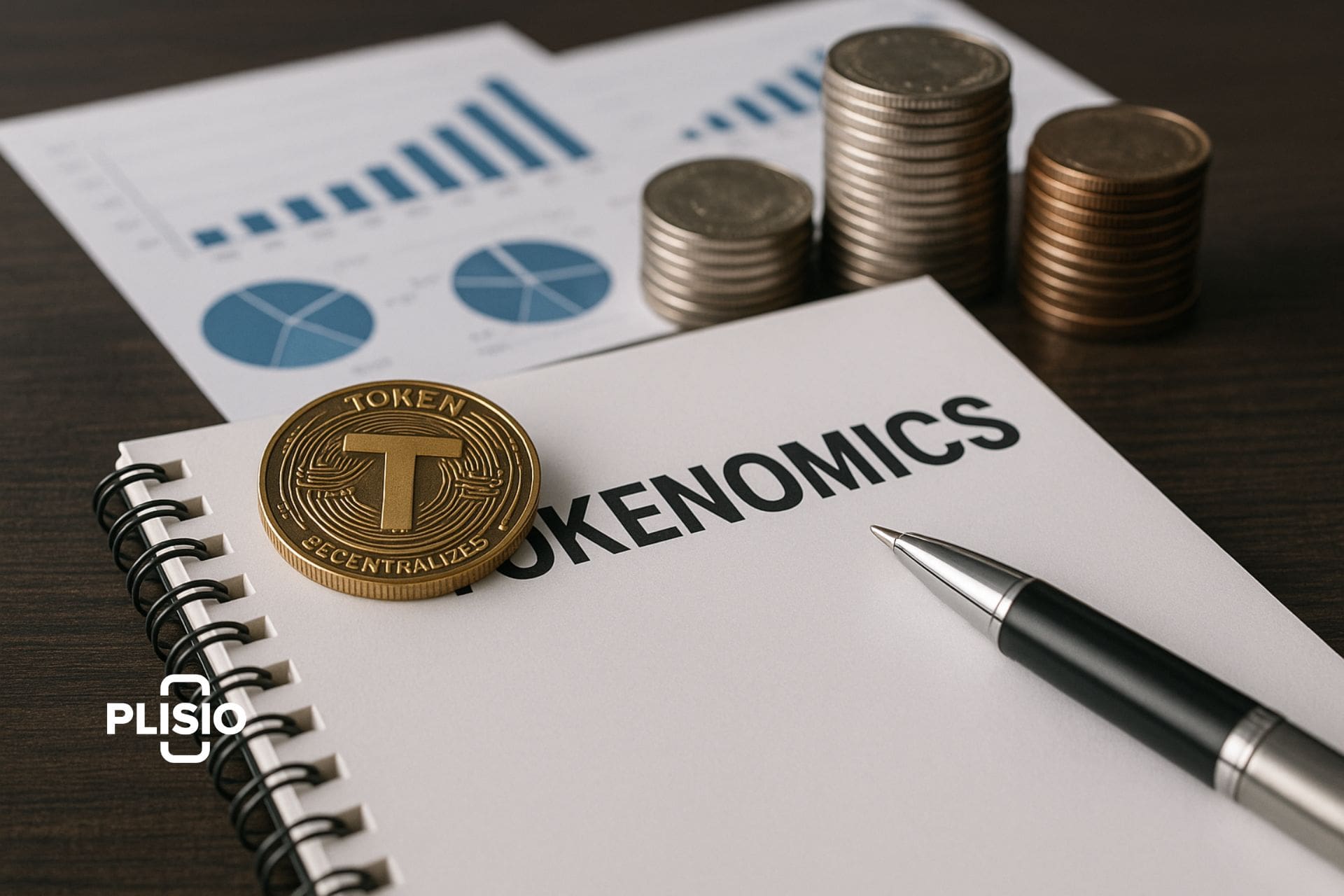Tokenomics and Token Strategy: A Crypto Investor’s Guide to Supply and Demand in Cryptocurrencies

Tokenomics — a fusion of "token" and "economics" — serves as the financial DNA of any cryptocurrency. It determines how a digital asset operates within a blockchain protocol, affecting everything from its distribution and circulation to its role in incentivizing stakeholders. As in traditional economics, where systems regulate how goods and services are produced and exchanged, tokenomics defines how tokens are created, governed, and sustained within decentralized ecosystems.
In the world of blockchain and crypto projects, tokenomics is not just a concept — it's a core framework influencing investment decisions, ecosystem participation, and the long-term success of digital assets. Whether you're a seasoned investor or new to cryptocurrencies, a strong grasp of tokenomics is essential for understanding value, scarcity, and market behavior.
Tokenomics in Action: How Governance Shapes Crypto Protocols
At its core, tokenomics outlines the structure behind a crypto token's economic model. It includes everything from total and circulating supply to token distribution, staking mechanics, and incentive strategies. Much like monetary policy in traditional finance, tokenomics provides transparency, predictability, and strategic design for crypto systems.
Historically, fiat currencies have been subject to inflation due to unrestricted issuance by central authorities. In contrast, cryptocurrencies like Bitcoin — with its hard cap of 21 million coins — enforce scarcity through algorithmically defined issuance schedules. This predictability appeals to investors seeking stability and clarity in supply dynamics.
Tokenomics addresses crucial elements such as maximum supply, vesting models, token utility, burn mechanisms, and reward structures. A thoughtfully designed token economy balances supply and demand, aligns incentives, and builds trust across the crypto community.
What Is a Token in Crypto?
A token represents a digital asset issued via a smart contract on a blockchain. Unlike native coins (e.g., Bitcoin or Ethereum), which operate on their own blockchains, tokens are created within ecosystems like Ethereum or BNB Chain. These assets can serve multiple functions: as governance tokens granting voting rights, as utility tokens providing access to services, or as digital representations of real-world assets.
Projects using inflationary models — such as Dogecoin — introduce new tokens at every new block, which can lead to perpetual token creation and less scarcity. On the other hand, deflationary models burn a portion of transaction fees or supply, supporting long-term value appreciation.
When analyzing a crypto project, understanding the number of tokens, their use case, and the role of token holders is vital for evaluating its potential.
How Tokenomics Powers Decentralized Ecosystems
Effective tokenomics creates a self-sustaining, incentivized ecosystem where every stakeholder — from developers and validators to investors and users — plays a role. It influences:
- The asset’s value through token utility and real-world demand.
- The token's security via decentralized staking or mining mechanisms.
- Network governance by empowering token holders to vote on proposals.
- The long-term sustainability and trust of the ecosystem.
Poorly designed tokenomics often result in centralization, rapid sell-offs, or unsustainable inflation. Conversely, robust frameworks encourage participation, protect against manipulation, and reward long-term commitment.
Core Components of Tokenomics
- Token Supply
- Total Supply: The upper limit of how many tokens can ever exist.
- Circulating Supply: The current number of tokens available in the market.
- Maximum Supply: The hard cap, like Bitcoin’s 21 million.
- Emission Rate: Speed at which new tokens enter circulation.
- Token Utility
- Tokens may be used to pay for services, validate transactions, or access platform features.
- Strong utility often correlates with higher demand and stronger market performance.
- Incentive Mechanisms
- Includes staking rewards, transaction fee reductions, or liquidity farming.
- Encourages users to vest, stake, or participate in governance.
- Token Distribution
- Refers to how tokens are allocated among developers, early investors, the community, and treasury.
- Initial Coin Offerings (ICOs) and token allocation strategies must be transparent and fair.
- Security Infrastructure
- Networks must employ robust consensus methods like Proof of Stake (PoS) or Proof of Work (PoW).
- Smart contract audits and secure wallet systems enhance digital asset protection.
- Governance
- Governance tokens enable decentralized voting on protocol upgrades, treasury usage, and policy changes.
- Projects like Ethereum and MakerDAO rely on governance to stay adaptable.
Why Tokenomics Matter for Smart Investment Decisions
To assess whether a crypto token is worth investing in, follow these steps:
- Read the Whitepaper: It contains core tokenomics, including supply models, token distribution, and planned incentives.
- Check for Utility: A token’s function within its blockchain ecosystem — governance, access, rewards — should be well-defined.
- Review Vesting Schedules: Ensure team and advisor allocations have long-term vesting to avoid sudden dumps.
- Analyze Community & Governance: Strong projects foster community-led governance and transparent decision-making.
- Evaluate Regulatory Standing: Projects compliant with regulations inspire confidence and improve adoption chances.
Real-World Tokenomics in Action
- Bitcoin (BTC)
- Total Supply: 21 million coins
- Distribution: Issued through mining
- Utility: Store of value, medium of exchange
- Security: Secured via PoW and validated by miners
- Ethereum (ETH)
- Total Supply: No hard cap
- Distribution: Initially pre-mined, now PoS
- Utility: Fuel for smart contracts and DeFi
- Security: Validators stake ETH to validate transactions
- Binance Coin (BNB)
- Token Utility: Used to pay for transaction fees, gain staking rewards, and participate in token sales
- Burn Mechanism: Regular token burns reduce total supply
- Ecosystem: Powers Binance Smart Chain and DEX functionality
Final Thoughts on Tokenomics
Tokenomics is the blueprint that defines a token’s lifecycle, utility, value proposition, and place within the decentralized finance (DeFi) universe. From total supply to reward structures, every component plays a role in shaping market dynamics and ecosystem resilience.
For every crypto investor, understanding tokenomics is not optional — it’s a strategic imperative. In a landscape filled with volatility, clear tokenomics is a signal of transparency, long-term vision, and potential for sustainable growth. Whether you're exploring governance tokens, yield-generating assets, or deflationary models, strong tokenomics is your best guide.
As the crypto space matures, expect tokenomics to remain central to project evaluation, innovation, and success in the ever-expanding world of blockchain technology.




